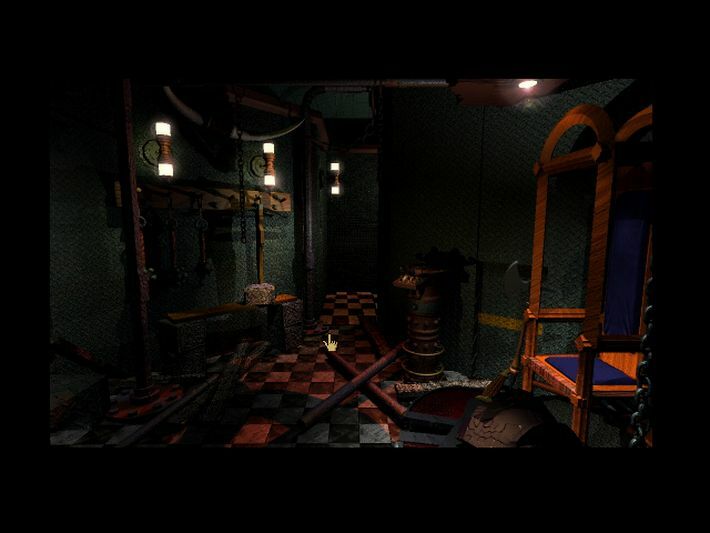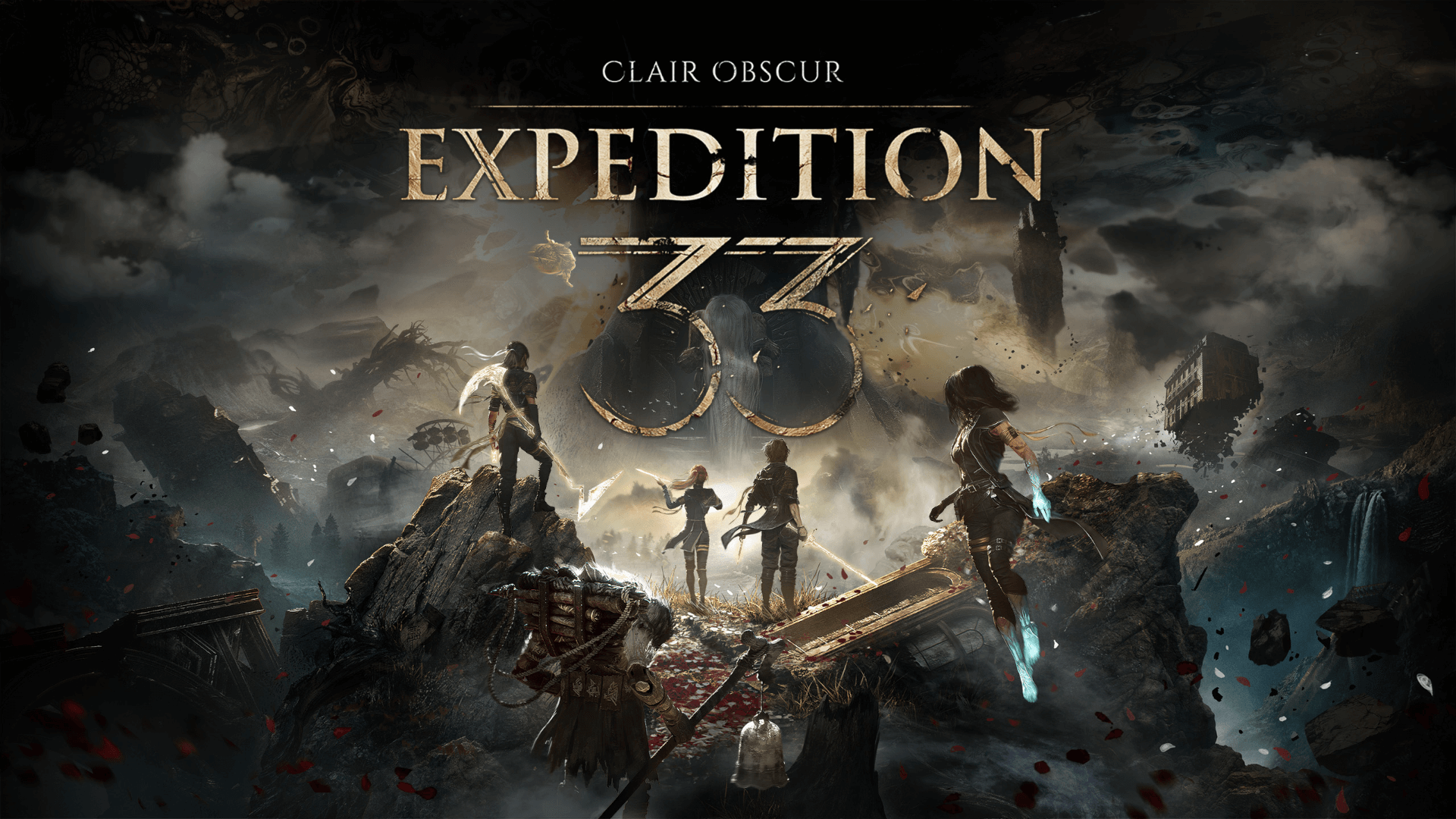News: Myst Retrospective - A enigmatic first-person puzzle experience
✪ Introduction
Released on September 30, 1993,
Myst
is an adventure video game that redefined interactive storytelling. Developed by Cyan Inc. and
designed by brothers Rand and Robyn Miller, it invited players to explore a mysterious island
via a special book, solving puzzles to uncover the narrative of its inhabitants.
The game’s innovative use of pre-rendered graphics and non-linear storytelling set it apart,
making it a cultural touchstone in gaming history. Its influence persists, with recent remakes
ensuring its legacy for new generations.

✪ Pioneering Amid Constraints
The development of Myst began in 1991, inspired by games like Zork and literature such as
Jules Verne’s - The Mysterious Island.
The Miller brothers, previously known for children’s titles, aimed to create a graphically
impressive game for adults, focusing on a nonlinear story and mystery elements. Working with
a small team at Cyan Inc. they faced significant challenges due to the era’s technological
limitations, including the slow speed of single-speed CD-ROM drives and the small memory footprint
of video game consoles.

To overcome these, the team employed cutting-edge tools: StrataVision 3D for rendering, some
modeling in Macromedia MacroModel, and final image editing in Photoshop. They created over
2,500 frames, each representing an explorable area.
The development was Cyan’s longest project, with months spent designing Ages and puzzles, and
the story taking a secondary role. Play-testing involved role-playing in a Dungeons and Dragons
style to identify issues, later refined with two players and developer feedback.

✪ Immersive Exploration and Puzzles
Myst’s gameplay is a first-person journey through an interactive world, navigated via point-and-click
mechanics.
Players move by clicking on screen locations, with scenes crossfading into new areas, creating a seamless
exploration experience. Interaction with objects is done by clicking or dragging, allowing manipulation
of the environment to solve puzzles. The game lacks enemies or time limits, fostering a contemplative pace
that encouraged players to immerse themselves in its detailed world.

Puzzles are central, ranging from mechanical contraptions to deciphering codes, integrated
into the narrative. Each Age-such as the Mechanical Age or Selenitic Age-has distinct themes
and challenges, revealing the backstory through exploration.
The design balanced puzzles, environment, and story, with Rand Miller stating in interviews
they aimed for solutions where players blamed themselves, not the developers, for mistakes.

✪ Storyline - A Mystery Unfolds
Set on Myst Island, players begin with a mysterious book linking to the island, exploring
to uncover the fate of its creators, Atrus and his sons, Sirrus and Achenar.
The narrative unfolds through puzzles and environmental clues, revealing a tale of family
betrayal and the D’ni civilization’s linking books to other worlds. The story’s non-linear
nature, with multiple endings based on player choices, added replay value.

✪ Critical Acclaim
Myst was generally praised by critics, with Computer Gaming World calling it “the best
Macintosh CD-ROM game” and an “artistic masterwork” in April 1994, noting its immersive
open-world nature and lack of player death.
Wired and The New York Times saw it as evidence video games could evolve into an art form,
with Entertainment Weekly reporting some players considered its “virtual morality” a religious
experience.
However, criticisms included a lack of plot interaction, an unsophisticated game engine compared
to graphics, and difficult, context-lacking puzzles.

Commercially, Myst sold 200,000 copies in seven months with over 500,000 units by end of 1994 and 1 million by March 1995. It was the best-selling PC game in the US for 52 months, selling over 6.3 million units worldwide by 2000, including 4.3 million in the US, and was the first CD-ROM title to sell over 2 million units, accelerating CD-ROM drive sales.

✪ Legacy and Cultural Impact
Myst’s influence is profound, helping drive CD-ROM adoption and sparking a multimedia franchise.
The Myst series, including Riven (1997), Myst III: Exile (2001), Myst IV: Revelation (2004), Myst
V: End of Ages (2005), and Uru: Ages Beyond Myst, sold over 12 million copies by 2003, with novels
like The Myst Reader expanding the universe.
Recent remakes, including a 2021 VR version on Steam, ensure its relevance, with Cyan continuing
to update the experience for modern audiences.

✪ Conclusion
The first-person point-and-click pioneer
Myst
stands as a testament to creative innovation, overcoming technical challenges to deliver
a game that captivated millions. Its engaging gameplay, compelling narrative, and lasting legacy,
despite aging mechanics, ensure it remains a beloved classic.
For fans and newcomers, it offers a window into early 90s gaming excellence, with its influence
seen in later titles and its cultural nods, ensuring its place in gaming history.
